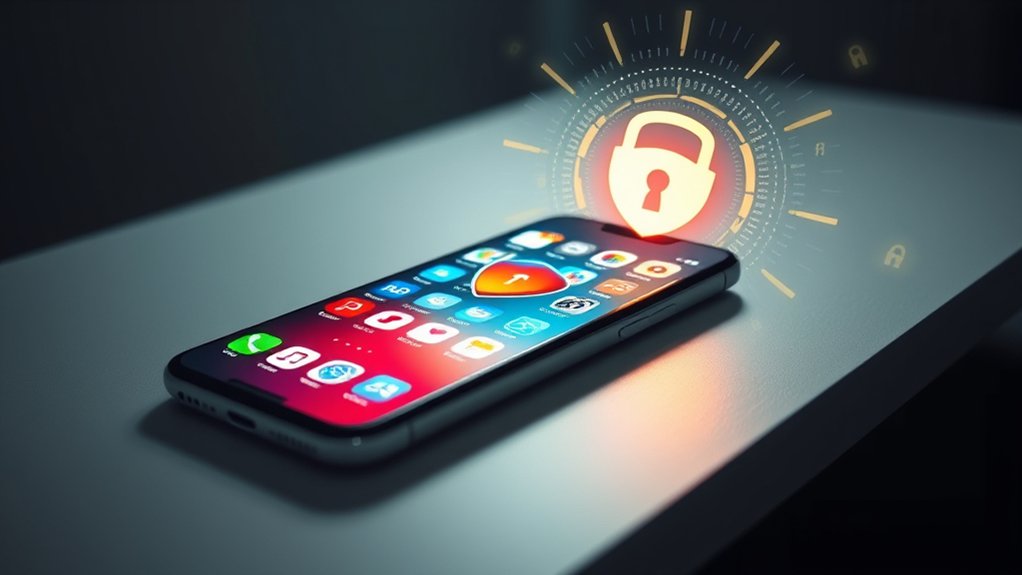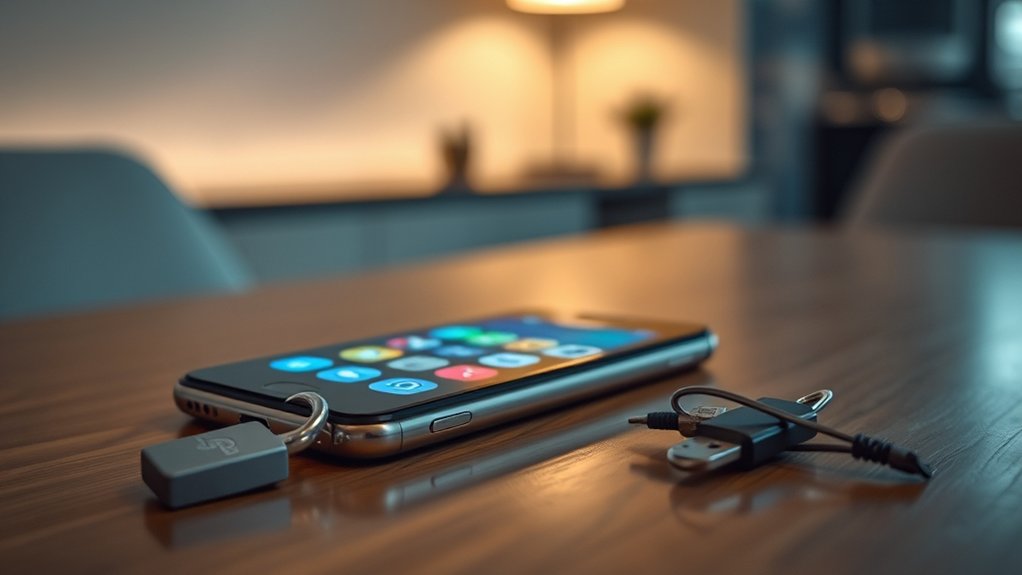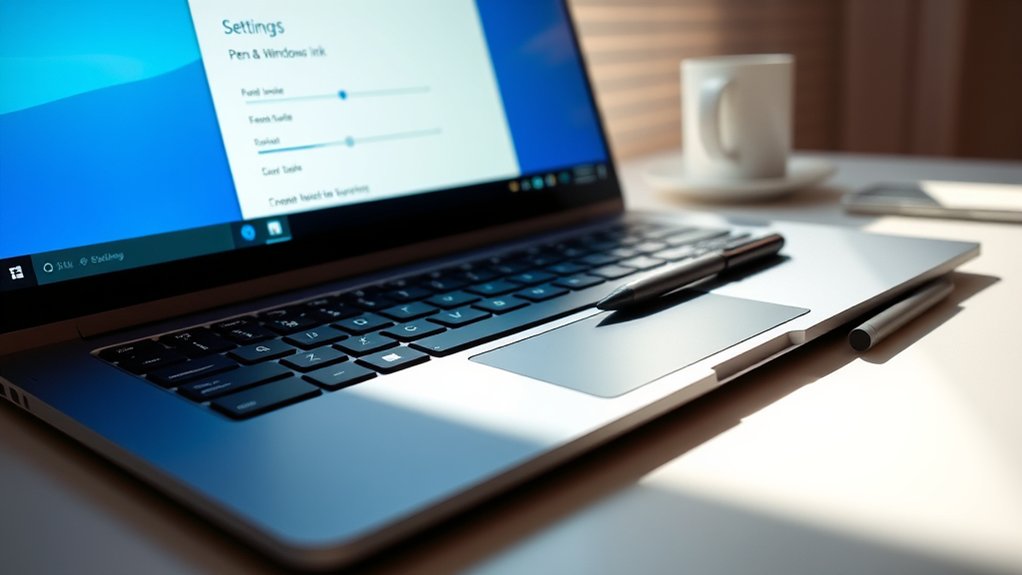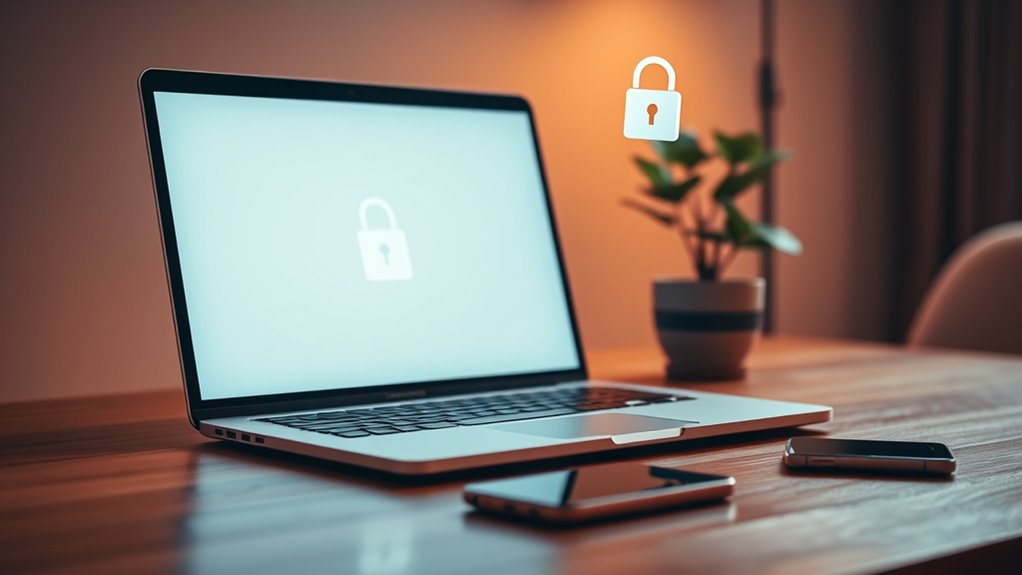To stop a hacker on a smartphone, users must adopt rigorous security practices. Implementing two-factor authentication (2FA) greatly improves account protection, as using strong PINs or biometrics adds an additional barrier. Keeping the operating system and applications updated is essential, since unpatched vulnerabilities attract cybercriminals. Regularly changing passwords and using trusted antivirus software can help identify and eliminate threats. Users should remain vigilant about unusual device behavior, which may indicate unauthorized access. Further strategies can provide heightened security.

In an increasingly digital world, cybersecurity has become a paramount concern for smartphone users. As devices become integral to daily life, the threats posed by hackers have intensified, necessitating strong preventive measures. Regular software and application updates play a critical role in patching security vulnerabilities. Cybersecurity experts highlight that unpatched devices remain prime targets for cybercriminals, increasing the risk of data breaches and identity theft. Keeping operating systems updated is essential to ensure that known vulnerabilities are addressed promptly. Additionally, users should be mindful of unusual power consumption, as this can be a telltale sign of potential tracking activity. Utilizing trusted antivirus apps can also enhance the security of your device against malware.
Cybersecurity is essential for smartphone users as unpatched devices attract hackers, heightening risks of data breaches and identity theft.
Implementing two-factor authentication (2FA) further fortifies security, adding a fundamental layer of protection for cloud accounts. Likewise, utilizing secure locks, such as strong PINs or biometric authentication, can effectively deter unauthorized access. In addition, refraining from jailbreaking devices minimizes security risks by maintaining the manufacturer’s protective measures.
Detecting signs of hacking is similarly important. Users should remain vigilant for unusual battery drain or sluggish performance, as these are common indicators of malware activity. Moreover, missing calls, texts, or unexpected online activities may suggest unauthorized access. The identification of unfamiliar apps may warrant immediate investigation, as such applications could be masking malicious intent.
In the event of suspected hacking, prompt action is essential. Changing passwords across all online accounts can prevent further unauthorized access, while a factory reset may eliminate malicious software. In addition, security applications can be deployed to scan for and eliminate potential threats. Keeping Bluetooth and Wi-Fi disabled when not in use lowers the number of potential entry points for cybercriminals.
Protection of personal data should remain a priority. Regular data backups guarantee that valuable information is not lost. Users should avoid public Wi-Fi for sensitive transactions, as these networks often lack adequate security measures. Encryption of sensitive data adds another layer of protection, deterring unauthorized intrusions.
As the domain of cybersecurity continues to evolve, educational awareness remains vital. Staying informed about new hacking techniques can empower users to better protect their devices. Exercising caution and diligence serves as the foundation of smartphone security in this digital age.
Frequently Asked Questions
Can Hackers Access My Phone Without Physical Access?
Hackers can certainly access smartphones without physical contact through various means.
Techniques such as phishing, where deceptive messages trick users into revealing sensitive information, play a significant role.
Furthermore, exploiting Bluetooth vulnerabilities and public Wi-Fi networks allows unauthorized interception of data.
In addition, the implementation of electromagnetic interference can simulate touch inputs, known as GhostTouch.
These methods illustrate the growing sophistication of cyberattacks, posing substantial risks to device security and user privacy.
What Signs Indicate My Phone Has Been Hacked?
Signs indicating a hacked phone include unusual messages and performance issues, such as slower operation or frequent crashes.
Experts note that new, unauthorized apps might appear, and users may experience unexpected spikes in data usage.
Moreover, unidentified calls or texts in logs, unexplained charges, and difficulty accessing personal accounts signify potential breaches.
A feeling of excessive heat and malware presence may further suggest malicious activity, warranting immediate investigation and protective measures.
Are There Specific Apps That Can Prevent Hacking?
Numerous applications exist designed to prevent phone hacking. Importantly, Phone Guardian provides VPN protection, encrypting internet traffic and securing personal data.
Geek Security offers real-time malware detection and removal capabilities, addressing spyware threats effectively. Webroot Mobile Security features antivirus protection and remote device locking.
Additionally, the Tether app improves privacy by encrypting data transmission. Utilizing such tools greatly boosts users’ overall security posture, contributing to an environment of heightened protection against potential hacking attempts.
How Often Should I Update My Phone’s Software?
Updating a phone’s software is vital for maintaining security and performance.
Manufacturers often provide updates at various frequencies—monthly for high-end devices, quarterly for mid-range, and biannually for older models.
For instance, Google offers seven years of updates for its newer Pixel devices, whereas Samsung promises four to seven updates based on the model.
Regular installation of these updates is important, as highlighted by security experts emphasizing their role in protecting against vulnerabilities.
Can Public Wi-Fi Expose My Phone to Hacking?
Public Wi-Fi inherently exposes smartphones to significant hacking risks. Unencrypted networks allow hackers to intercept sensitive data, whereas malicious hotspots can mislead users into connecting and accessing their information.
Furthermore, man-in-the-middle attacks allow interception of communications, and malware can be distributed through public connections.
Approximately 60% of internet users reportedly access personal emails on such networks, heightening vulnerability.
Experts advocate using VPNs, avoiding sensitive transactions, and verifying network authenticity as crucial protective measures.









